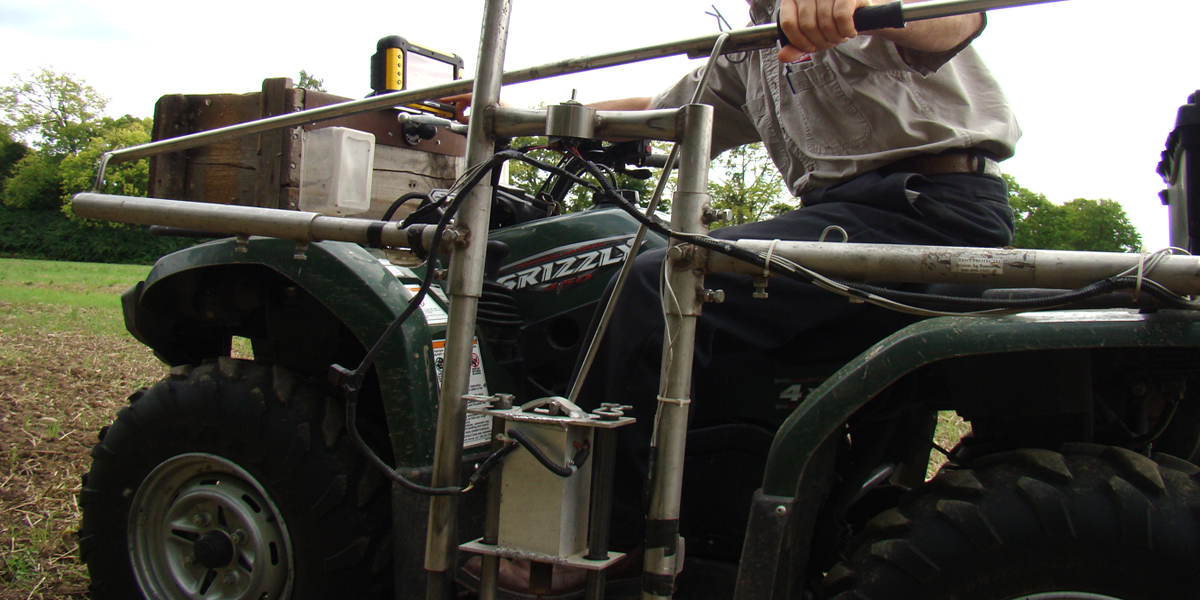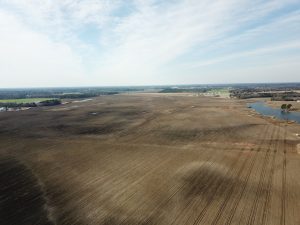Soil Sampling Secrets: How to Get in the Zone
September 26, 2019

The proliferation of precision ag practices is pushing more and more growers to begin soil testing – and those who already are, to ramp up their efforts. A common question they encounter: Which is better, grid sampling or zone? There are pros and cons to each, which we’ve outlined below. In the end, a soil sample is another data layer that can play an important role in helping farmers make profitable, in-season decisions.
Understanding the Grid
Grid sampling looks at the soil attributes in a particular grid point. Built around soil test data, grid sampling divides a field into, say, 5-acre squares and a soil sample is taken from the centre of each. Grid sampling has been popular since GPS data became available. Now that good yield and elevation data is also available, as well as imagery, growers and their crop advisors are able to draw a more precise picture of a field’s characteristics and yield variability by layering additional data on top of the soil test results.
 The question is, does that grid point truly represent the spatial variability of that particular soil attribute? Not always. Also, grid samples only indicate what’s happening in the soil but there are other factors that could shine light on the cause of variability, such as topography, drainage, water-holding capacity, etc.
The question is, does that grid point truly represent the spatial variability of that particular soil attribute? Not always. Also, grid samples only indicate what’s happening in the soil but there are other factors that could shine light on the cause of variability, such as topography, drainage, water-holding capacity, etc.
However, there are situations in which grid sampling is the best and most cost-effective option, such as when you’re considering a management strategy that addresses a soil attribute such as pH. In this case, farmers need to decide whether to lime, and often the best way to understand that is to do a grid sample. The challenge, then, is determining the right grid size.
Getting in the Zone
Zone management incorporates yield data, imagery, possibly EC testing, etc., to construct productivity zones, which govern how to manage the field. Zones are a function of soil attributes plus environmental conditions that determine yield.
Fans of zone testing assert that it is the superior method because, at the end of the day, nature is not divided into perfect squares. That’s why many farmers use yield zones to let the crop show them where changes are occurring. Accurate soil samples = higher productivity and better yields, they believe.
Ultimately, neither strategy is perfect and it’s best to keep a close eye on yield data to monitor the results of your soil testing strategy and be ready to make adjustments where needed. But as precision ag practices continue to grow in popularity, soil sampling data becomes an even more important blueprint to help farmers make the best data-driven decisions that drive farm success.
